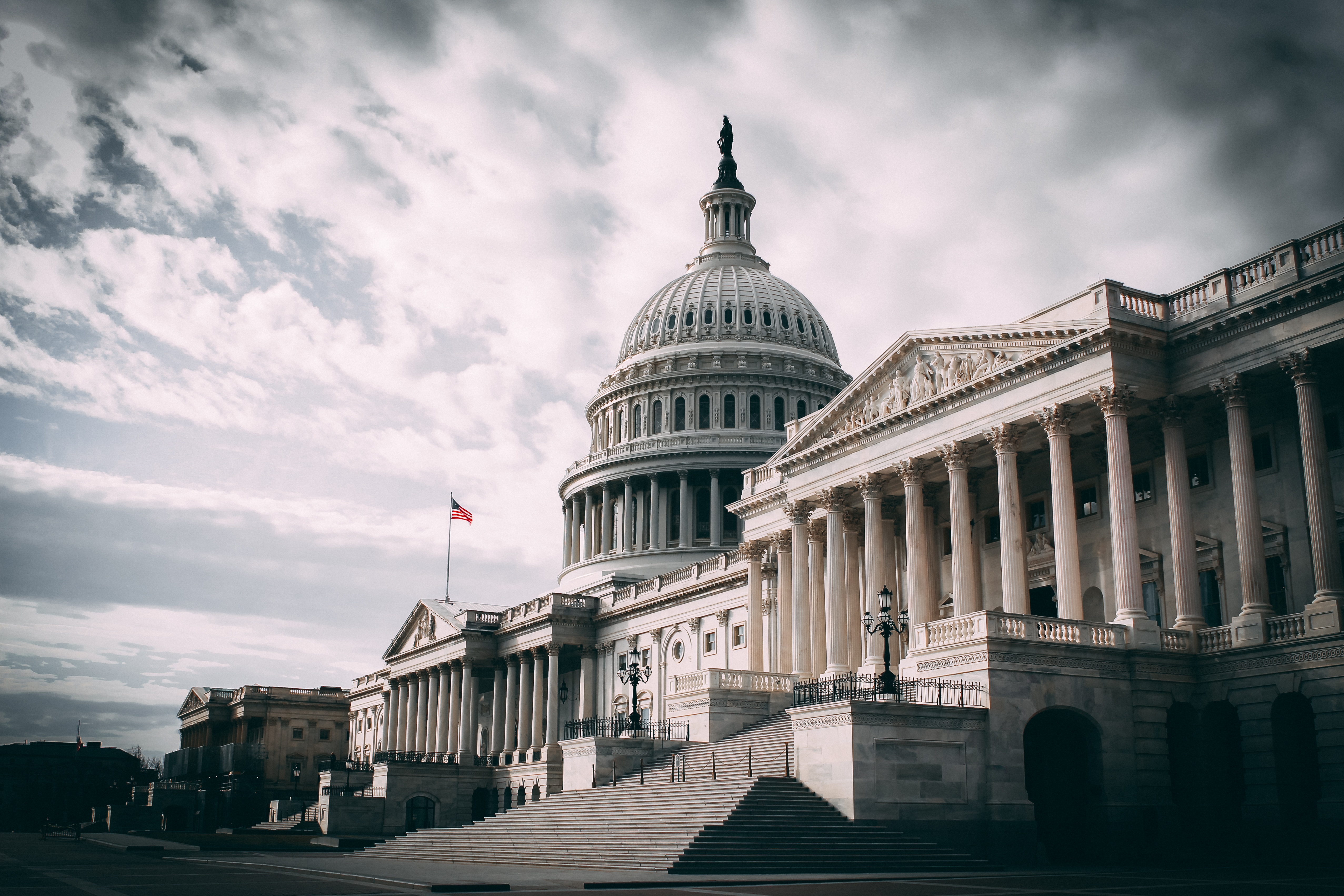Today marks the inauguration of Donald Trump as the 47th President of America. Since being named as president-elect on 5th November, he has reminded the world of his ability to surprise with his regular outbursts and the impact they can have on investment markets. From today, the world must (once again) deal with the reality of Trump becoming one of the most powerful people in the world, sitting in the Oval Office fulfilling the roles of head of state and head of government of the United States of America as well as commander-in-chief of the American armed forces. Having witnessed his histrionics during (and since) his last term as president, this has left many wondering whether ‘Trump 2.0’ will be good for America, the global economy and investment markets.
This year is shaping up to be very interesting. A key determinant of an investor’s success or failure over the next few years is likely to be how well they can cut through the bluster of Trump and read his intentions. Why? The arrival of ‘Trump 2.0’ means the outlook of monetary, fiscal, and trade policies as well as geopolitical conditions could be subject to significant change as there are significant differences between the outgoing Biden/Democrat wish list and the incoming Trump/Republican wish list. Normally there are checks and balances in place through the legislative process but this time around the Republican party has managed a clean sweep and control both chambers of Congress, the House of Representatives and the Senate, so they could force through more meaningful change than is usually possible.

During his first term in office, Trump’s negotiating tactics involved overstating issues/intentions and overasking for outcomes. This enabled him to give back some ground, accept a more modest outcome, claim victory and pat himself on the back for his masterful negotiation. Many (me included) don’t think ‘Trump 2.0’ has changed and expect much of the same.
Trump has been re-elected on the promise of MAGA and making Americans wealthier. Mass deportations, swingeing tariffs, more jobs through reshoring production, higher growth rates for the American economy, cheaper energy, lower taxes, lower interest rates, lower inflation and deregulation are all on his wish list. However, not everything on his list can be meaningfully achieved at the same time. By way of example, you can’t be tough on immigration and deport millions of people whilst creating millions of new jobs by reshoring production to America without creating significant wage inflation. It is clear that some moderation and prioritisation of the wish list is required. This leads to many questions, one of which is whether Trump will prioritise tariffs and deportations or growth and inflation.
Whilst it is impossible to be 100% certain of anything Trump will do, my intuition is that the wish list will broadly remain in place and be achieved, but Trump will dial down the level of expected outcomes. The net result for America, the American economy and Americans is likely to be positive but that won’t necessarily be good news for all USD investments. It seems likely that economic growth will hold up and keep inflation towards the upper end of tolerance ranges. Interest rate expectations have already moved to reflect this with expectations of interest rate cuts in 2025 being reduced, yield curves steepening and the risk of rising interest rates being acknowledged. From this point, it seems likely that USD government bond investors will yield attractive returns ahead of cash rates and inflation by clipping an attractive coupon and benefiting from modest interest rate cuts.
The impact on American equity markets is more complex and is likely to vary depending on market capitalisation and sector. Small capitalisation equities tend to be more attuned to the domestic economy and would be expected to be beneficiaries of tax cuts, reshoring of production and a stronger economy. Energy should be a beneficiary of the strong desire for lower energy prices and the Trump mantra of “drill, baby, drill”. Finance should be a significant beneficiary of the desire to deregulate. The impact on the Magnificent Seven is far less clear; their businesses tend to be global in nature and they employ complex tax mitigation strategies, so, they are not significant beneficiaries of Trump’s wish list. This should lead to a broadening of performance in equity markets. There is a risk that given their significant weightings in indices (the seven represent one-third of the S&P500 index) the impact of passive investors and momentum investors could work against those stocks and amplify any underperformance relative to those stocks that are beneficiaries of Trump’s wish list.
Since 5th November we have also been reminded that Trump is a New York Yankees fan who likes to pitch. Whilst waiting to take his new seat, he hasn’t just been writing his wish list – he has also been warming up his pitching arm. He started by throwing a splitter, threatening punitive tariffs for most (possibly all) of America’s international trade partners. He then changed up a gear and started to deliver a series of fastballs, including America should incorporate Canada; the Panama Canal should be taken back; Greenland should be bought by America; and the American military could be used to achieve some of these goals. These pitches don’t quite align with Trump’s role of ‘global peacemaker’ who will end the conflict in Ukraine within a “few months” of taking office. For now, I will disregard the recent pitches as I suspect they are part of a broader bargaining strategy designed to make the respective parties uncomfortable ahead of asking for something far more reasonable.
On balance I, and our CIO (as discussed in his most recent macro update), expect 2025 to be a rewarding year for investors, but the potential for bouts of volatility is high as an empowered Trump will seek to keep us all guessing.


